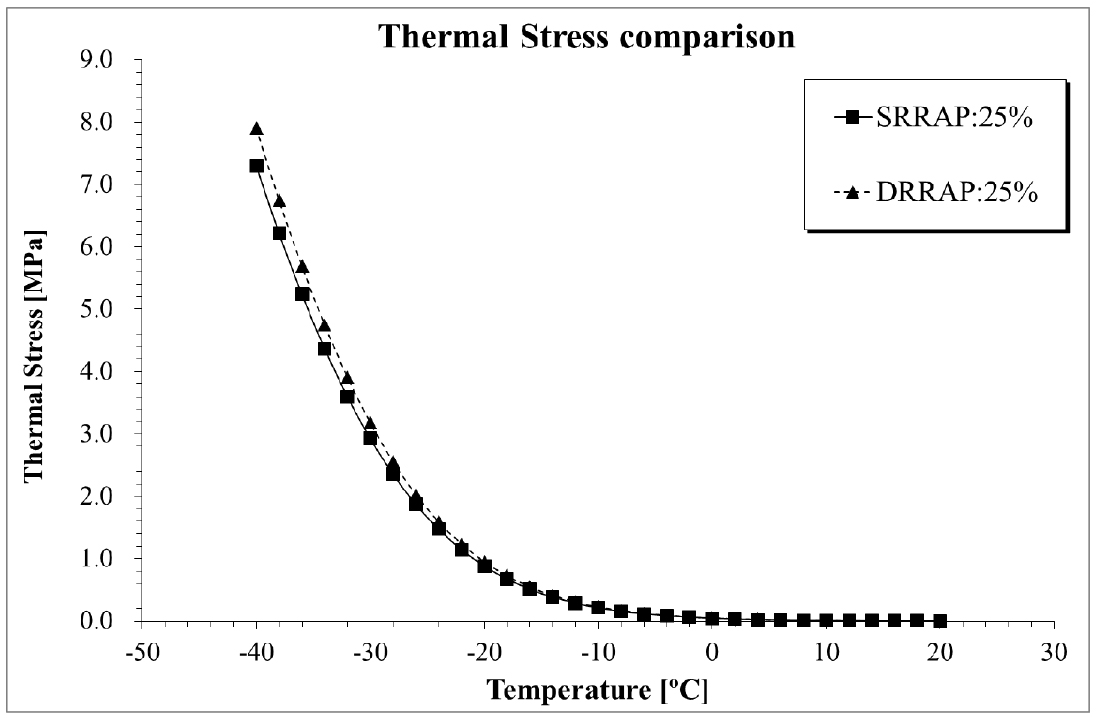1. Introduction
2. Material preparations and experimental works
3. Performance evaluation parameter
4. Data analysis
5. Summary and conclusion
1. Introduction
To mitigate environmental issue and budget reduction problem application of recycled asphalt material so called Reclaimed Asphalt Pavement (RAP) is essential in asphalt pavement industry (Ossa et al., 2016; Barisic et al., 2017). For many decades, many pavement agencies successfully applied RAP on the actual asphalt pavement construction. It was found that RAP applied asphalt pavement could provide reasonable service level to its customer even though a little drawback was derived (Moon et al., 2014; West and Wills, 2014).
Moreover, interest and application of Double Recycled Reclaimed Asphalt Pavement (DRRAP) got more attractions for pavement engineer for many years in Japan and United Kingdom (Heneash, 2013; Kareem et al., 2019). Fortunately, possibilities of DRRAP application on actual pavement construction was derived by means of testing construction and follow-up surveying effort. However, it needs to be known that stiffer and more brittle characteristics of RAP compared to the conventional asphalt pavement material provide negative effect on pavement performance especially at low temperature condition.
It is well known that low temperature cracking is one of serious pavement distresses on asphalt pavement (Moon et al., 2013; Moon et al., 2014; Mon et al., 2017). Water infiltration on pavement layer can easily be happened due to low temperature cracking and this can finally lead macro cracking, deformations and several pot holes. Due to this reason many pavement agencies tried to develop reasonable testing method to evaluate low temperature performance of given asphalt material and finally low temperature creep test was developed (Moon et al., 2013; Moon et al., 2014; Moon et al., 2017). Creep stiffness, creep compliance and thermal stress can be successfully the evaluating parameter for low temperature performance of given asphalt material.
In this paper, performance evaluation of DRRAP compared to the conventional Single Recycled Reclaimed Asphalt Pavement (SRRAP) materials at low temperature was performed by means of simple mathematical approach.
2. Material preparations and experimental works
A total of four different asphalt mixture materials with PG 64-22 of asphalt binder were prepared in Korea Expressway Corporation Pavement Research Division (KECPRD). The following steps represent the production of SRRAP and DRRAP materials in this paper.
First, the virgin asphalt mixture was generated based on current specification (MOLIT, 2017) then stored on the oven at 125ºC for 65 hours to artificially generate aged asphalt mixture. Secondly, the aged mixture was mixed with the virgin asphalt mixture to generate SRRAP mixture. Then these SRRAP mixtures were stored in the oven at 125ºC for 65 hours to artificially generate aged asphalt mixture again. Finally, the aged SRRAP mixture was mixture with virgin asphalt mixture to generate DRRAP mixture. A summary information of prepared asphalt materials in this paper is presented in Table 1. It needs to be mentioned that RAP mixing proportion was set as 25%; generally used for actual RAP mixing proportion rate on asphalt mixture production in South Korea. Fig. 1 shows the prepared asphalt mixture samples in this paper.
Table 1.
prepared asphalt mixtures in this paper
To evaluate low temperature performance of SRRAP and DRRAP mixtures, Bending Beam Rheometer (BBR) mixture creep test was prepared then performed (Marasteanu et al., 2009). Rather than applying 980mN of constant load for 240 seconds, approximately 4,000~6,000mN was constantly applied for 1,000 seconds in BBR mixture creep test. Information of BBR mixture creep test is presented in Table 2 and Fig. 2, respectively.
3. Performance evaluation parameter
In this paper, Thermal Stress (TS) was considered as major parameter for performance evaluation of given mixture at low temperature condition. Thermal Stress (TS) can be computed based on the following computation process. In BBR mixture test (Marasteanu et al., 2009), creep stiffness: S(t), and m-value: m(t), can be computed as:
Where, S(t) : time-dependent flexural creep stiffness (=MPa);
D(t) : creep compliance (=1/MPa);
: bending stress in the beam (=MPa);
(t) : time-dependent bending strain in the beam (=mm/mm);
P : applied constant load (=mN);
(t) : beam deflection (=mm);
l, b, h : beam dimensions (l=102, b=12.7, h=6.25, mm);
t : time (=sec);
A1, A2, A3 : fitting constants
Based on the linear viscoelastic theory, relaxation modulus: E(t), can be computed as:
In Equation (2), relaxation modulus: E(t), and corresponding creep compliance: D(t), can be approximated based on several previous experimental works as:
Equation (3) can be re-expressed based on Laplace transformation as:
Through Gamma function analysis and Euler reflective formula, E(t) can be expressed as:
Then construct relaxation modulus: E(t), master curve through Christensen-Anderson-Marasteanu (CAM) model as (Marasteanu et al., 2009):
Where, Eg = glassy modulus, assumed equal to 30~40GPa for asphalt mixtures,
tc, v and w = fitting parameters.
aT = shift factor can be expressed as:
By using Equations (1) to (8) and solving Equation (9) numerically, TS of given asphalt mixture can be computed as:
= Coefficient of thermal expansion or contraction assumed as: = 0.00003 (Moon et al., 2013),
= temperature cooling rate (-2ºC/hour of cooling rate was considered)
4. Data analysis
Based on Equations (1) to (11), thermal stress was computed then compared. The result is presented in Fig. 3 and Table 3.
From the results in Fig. 3 and Table 3, it can be observed that not significant differences on thermal stress computation results were observed between SRRAP and DRRAP mixtures. At the lowest temperature condition (i.e -40ºC), the difference rate was 7.7% (=0.6074/7.9021) which supports the findings in this paper.
Table 3.
Thermal stress (MPa) computation comparison results
Therefore, it can be said that there is a possibility that applying DRRAP mixtures on actual asphalt pavement work. However more extensive experimental works with various mathematical analysis works are needed to further verify findings in this paper.
5. Summary and conclusion
In this paper, low temperature performance evaluation of DRRAP mixture was considered. As an experimental work, BBR mixture creep testing was considered and thermal stress was computed then compared by means of simple Power-law transformation function. No significant differences of thermal stress results between SRRAP and DRRAP mixtures were found which means a possibility of using DRRAP on actual asphalt pavement work could be derived.
However, only one asphalt mixture sample was considered in this paper. Therefore, more extensive laboratory works with various mathematical analysis procedures are strongly needed to further verify findings in this paper as a future research.







